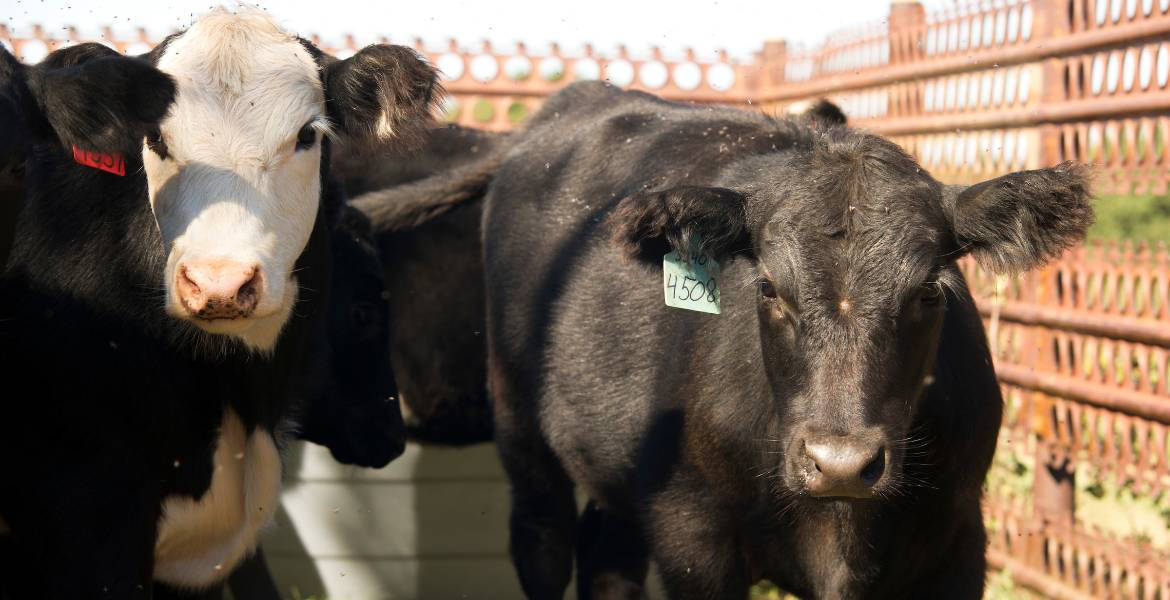
Follow label-directed withdrawal times when selling treated cattle
Tuesday, August 11, 2020
Beef producers should be careful to ensure recommended withdrawal times for animal-related medication are followed before selling treated cattle.
“The need to treat infectious ailments such as eye infections or foot rot is not uncommon in the summertime, with treatments often involving the use of antibiotics,” said Bob LeValley, Oklahoma Beef Quality Assurance coordinator with the Oklahoma Beef Council and OSU’s Division of Agricultural Sciences and Natural Resources.
Violations of drug residue regulations can result in expensive fines for the rancher, creating not only a hardship for the individual producer but a black eye for the entire beef industry.
To help prevent such occurrences, LeValley said it is important for cattle producers to develop and maintain a close working relationship with a large animal veterinarian in their area.
“If a cow to be culled has an infection or disease that must be treated, the animal’s owner should closely follow the veterinarian's directions, as well as read and follow label directions for the product used,” he said. “Most of these medications will require a producer to keep the treated animal for the label-directed withdrawal time.”
For example, if a medication with a 14-day withdrawal period was last given on Aug. 1, the withdrawal would be completed on Aug. 15 and that would be the earliest the animal could be harvested for human consumption.
All federally approved drugs will include the required withdrawal time for that drug on the product label or package insert. Withdrawal times can range from zero to as many as 60 days or more.
“It’s the producer's responsibility to be aware of withdrawal times of any drugs used in their operation,” said Dr. Barry Whitworth, OSU Extension veterinarian and food animal quality and health specialist. “Unacceptable levels of drug residues detected in edible tissues collected at harvest may result in trace-back, quarantine and potential fines.”
OSU recommendations are for producers to follow three rules:
- Only use medications approved for cattle and use them exactly as the label directs or as prescribed by the attending veterinarian.
- Do not market animals for food until the withdrawal time listed on the label or until the time prescribed by the attending veterinarian has elapsed.
- Keep well-organized, detailed records of pharmaceutical products given to individually identified animals. Include the date of administration, route of administration, dosage given, lot or serial number of the product given, person delivering the product and the label or prescription listing of withdrawal dates. Records should be kept on file for at least three years after sale of the animal.
Example producer-use records are available online through the national Beef Quality Assurance Manual website.
MEDIA CONTACT: Donald Stotts | Agricultural Communications Services | 405-744-4079 | donald.stotts@okstate.edu
